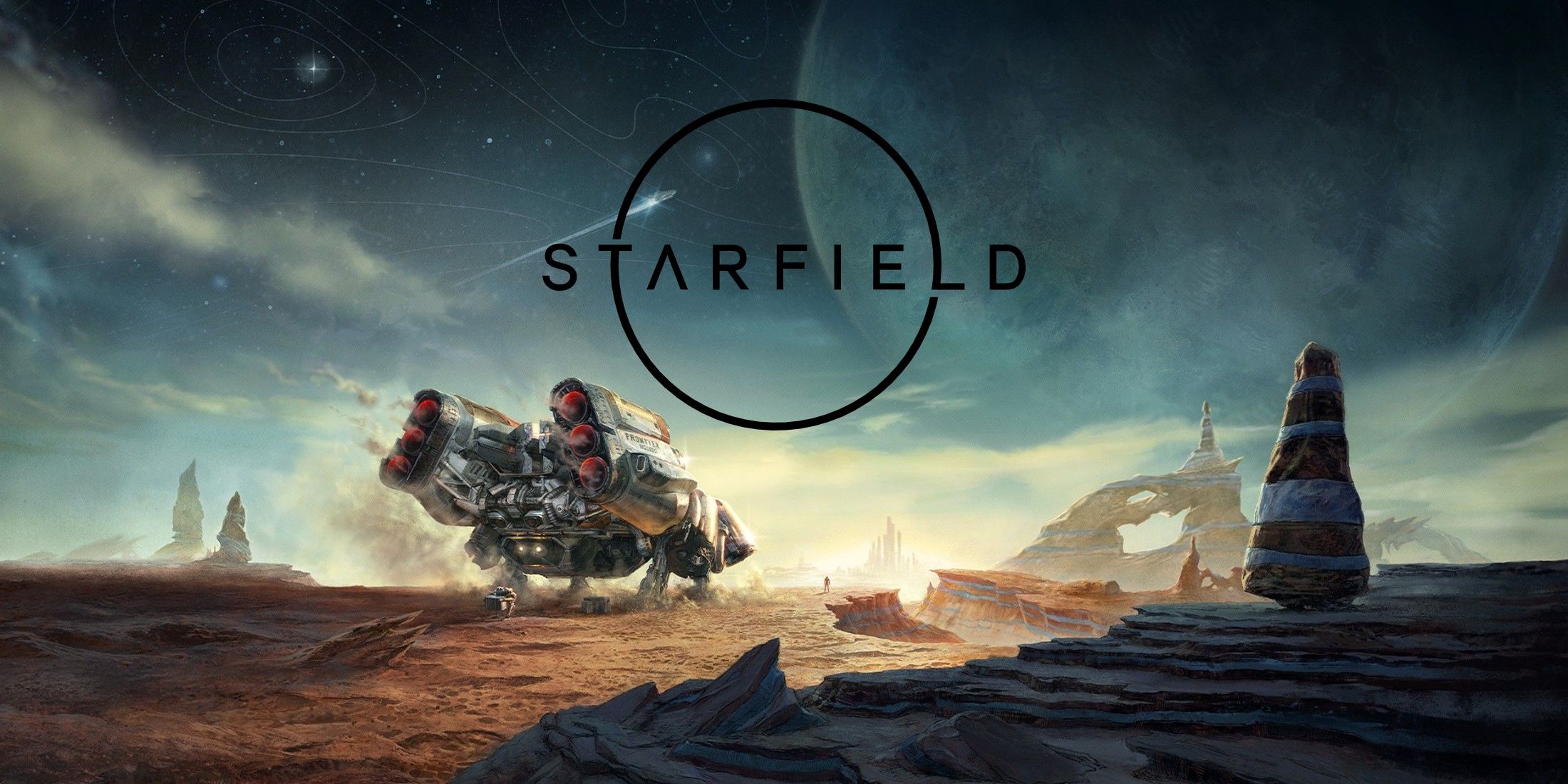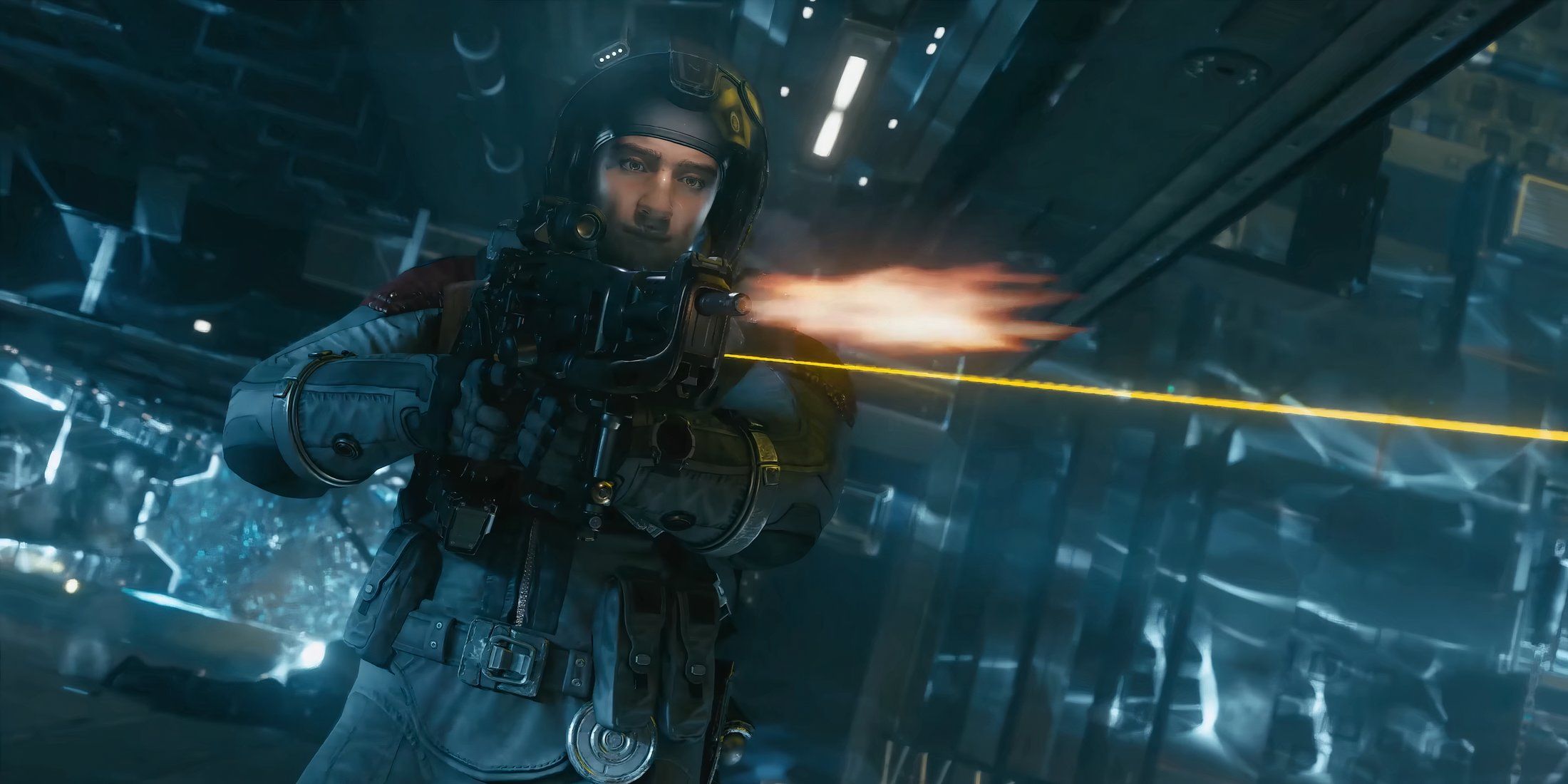Highlights
- A Starfield fan has discovered that players can theoretically fly between celestial bodies in the game, showcasing the hidden capabilities of the ships.
- The game's travel system does not include atmospheric flight, but instead focuses on a streamlined experience with loading screens and fast travel.
- The discovered method of seamlessly traveling between celestial objects requires modifications and is not feasible without mods, leaving fans hoping for a future mod that balances immersion and convenience.
One crafty Starfield fan managed to prove that Bethesda's new RPG already allows players to fly between some celestial bodies without using mods, at least in theory. While their discovery doesn't exactly alleviate the recent travel-related criticism that some of the fans aimed at the game, it does demonstrate how there's more than meets the eye to the capabilities of Starfield's many ships.
Bethesda Game Studios' AAA projects have long toed the line between approachable action RPGs and complex immersive sims, thus managing to attract a fairly wide audience. But that diversity is also the reason why the fandom has been fairly divided on what it wants from the company's next game ever since Starfield was first announced in 2018. For example, while some people clamored for the RPG to support atmospheric flight akin to No Man's Sky, others insisted on a more streamlined experience of traveling between Starfield's planets.
The latter group got what it wanted, as Bethesda decided against Starfield featuring atmospheric flight in favor of focusing on a more efficient fast travel system that separates smaller spaceship sections from one another and surface exploration with loading screens. Nevertheless, YouTuber Zombiefruit has now proven that the game actually allows players to seamlessly travel between some adjacent celestial objects, having managed to fly from Mars to Phobos, the larger of its two moons.
However, such a journey is still far from feasible, as underlined by the fact that the three-minute video documenting this experiment was actually sped up over 4,000% after the player already used hacks to speed up the game itself by 6,400%. Without any mods, the in-game voyage from Mars to Phobos would have taken 27 real-life hours, the player estimated. For added context, the real Phobos orbits Mars at a distance of approximately 3,700 miles, whereas most celestial bodies within Starfield's dozens of star systems are much farther apart.
The author of the experiment also revealed that they had to disable in-game orbits prior to embarking on their journey because they suspected that the planets were moving faster than their ship after first speeding up the game. If that assumption was correct, flying between different celestial objects without mods is actually even more difficult to accomplish, requiring players to calculate their target's future position in orbit instead of simply going full-throttle toward their visible destination. So, as things stand right now, Starfield fans wanting an interplanetary travel method that balances immersiveness and convenience have little choice but to hope that some ambitious mod will deliver such a mechanic on PC.
But that is not to say that the game's existing fast-travel system will necessarily take everyone out of the experience. On the contrary, Starfield already supports an alternate space travel method that's way more immersive than repeatedly cycling through menus.
Starfield launches September 6 for PC and Xbox Series X/S.




